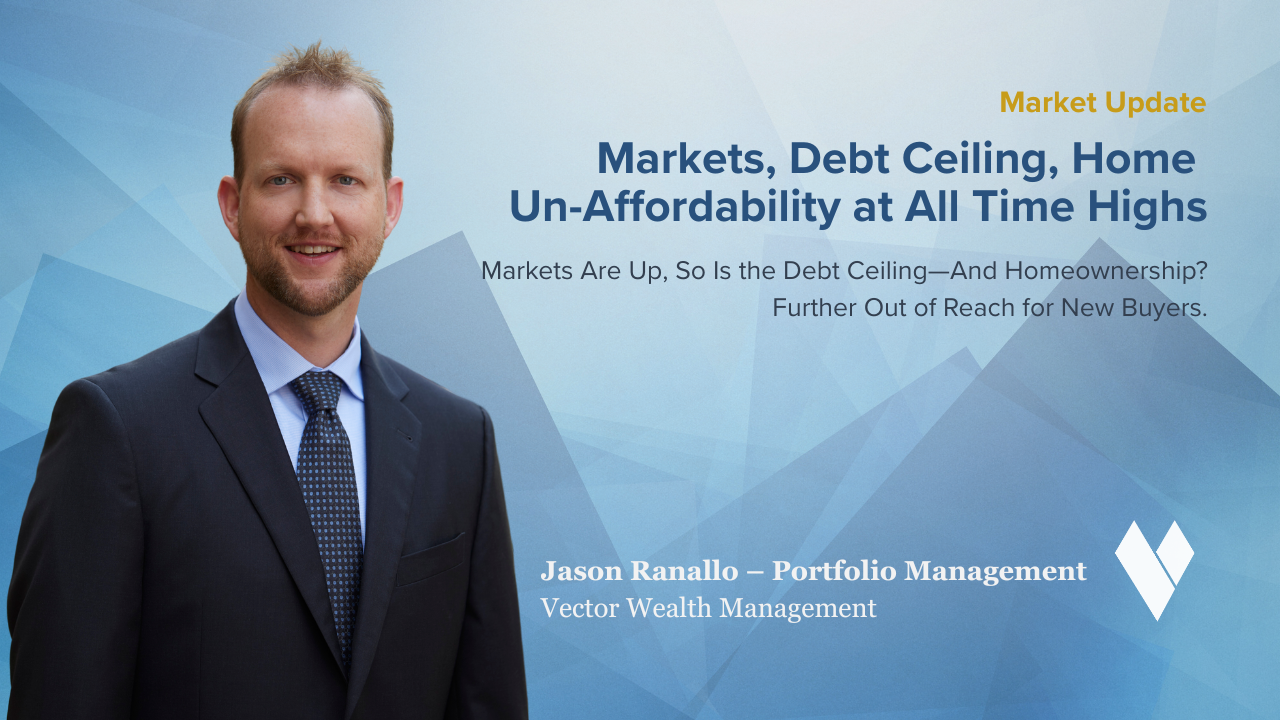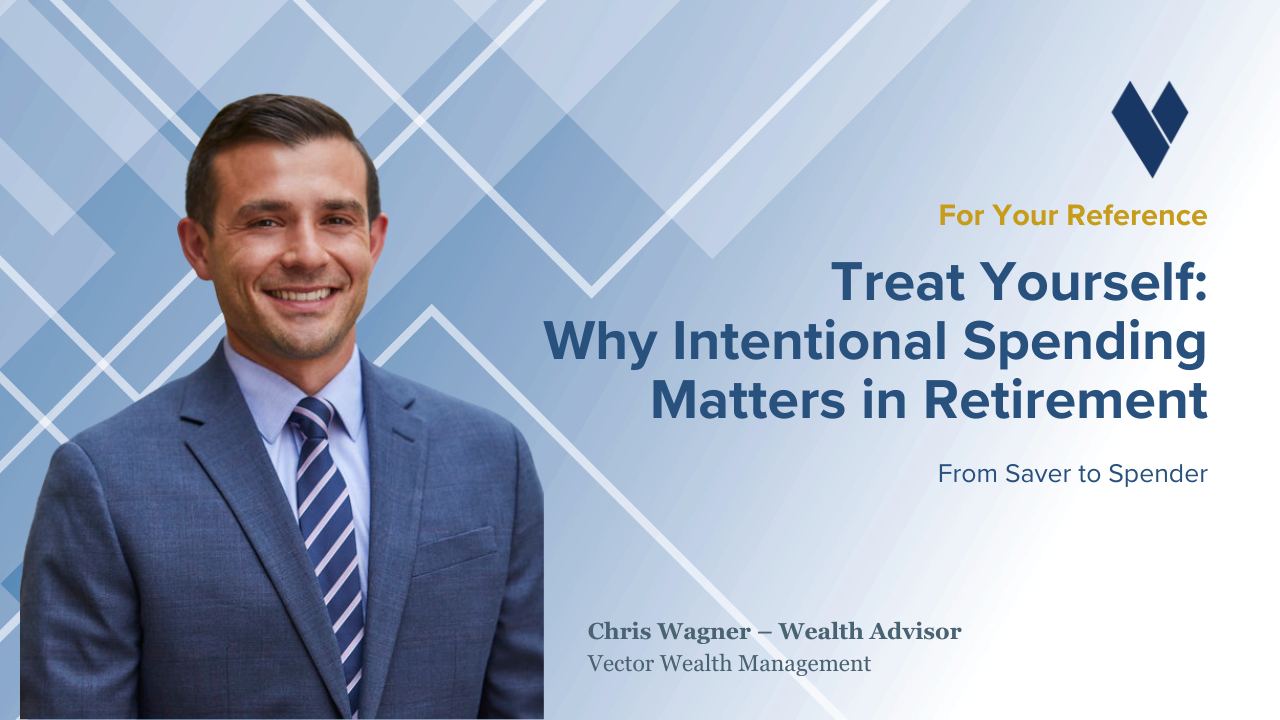
BLOG POSTS
Do You Have Enough to Retire? It’s More Than a Number.
Retirement planning often begins with a deceptively simple question: Do I have enough to retire? But the truth is, retirement readiness isn’t about hitting a single dollar figure.
Navigating Concentrated Stock Risk Near Retirement: A Strategic Approach
Many professionals accumulate company stock over the course of their careers, often through incentive plans, stock options, or direct investments. This can be a powerful tool for wealth creation—but also a silent risk.
Well Balanced Vol. 39
This issue serves up sharp insights and unexpected twists—from the real criteria behind Michelin stars (spoiler: it’s not the ambiance), to a riddle that will bend your sense of perspective, and what happens when a $4 trillion giant puts its finger on the scale of a market cap index.
Markets, Debt Ceiling, Home Un-Affordability at All Time Highs
Markets are setting records, the national debt ceiling just jumped $5 trillion, and home affordability is nearing a breaking point. In this episode of Well Balanced, we unpack what these all-time highs really mean.
Treat Yourself: Why Intentional Spending Matters in Retirement
If you’re hesitant to spend—even when your plan says you can—you’re not alone. This episode explores how small, intentional choices can help shift the mindset from saver to spender, adding comfort, joy, and purpose to your retirement.
A Taxing Story: Capital Gains and Losses
Chris Rock once remarked, “You don’t pay taxes – they take taxes.” Capital gains result when an individual sells an investment for an amount greater than their purchase price.
Target Date Funds and Retirement What’s Next?
What got you to retirement isn’t necessarily what’s going to get you through retirement optimally. That’s where personalized planning comes in — not just managing risk, but building a strategy that supports how you actually want to live. (Podcast)
Hot Coffee & Ice Cream - Asset Allocation
Asset Allocation - The idea behind asset allocation is to offset any losses from one class with gains in another, and thus, reduce the overall risk of the portfolio. (article)








